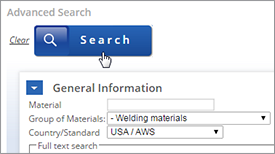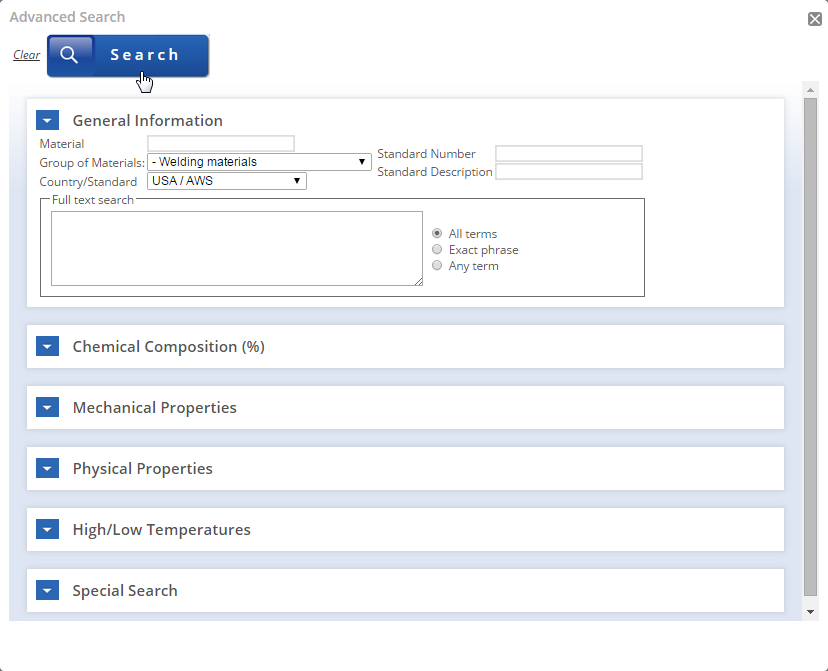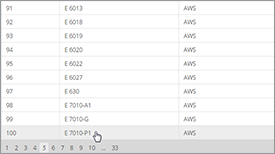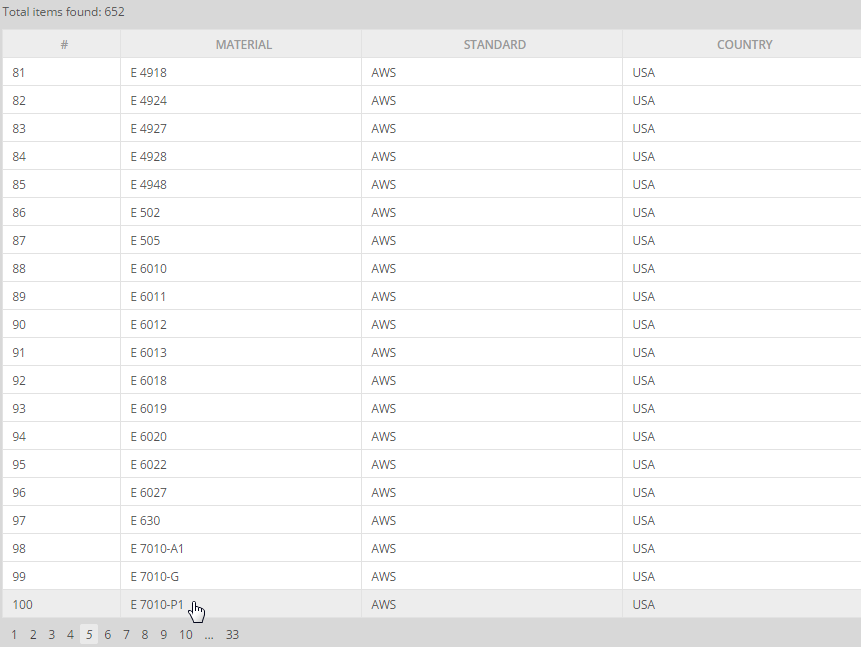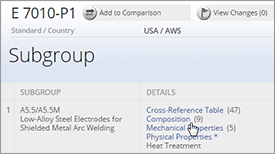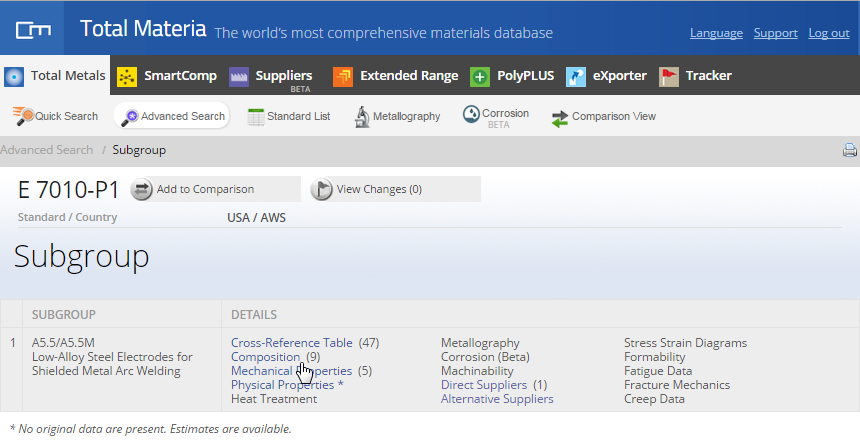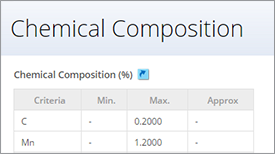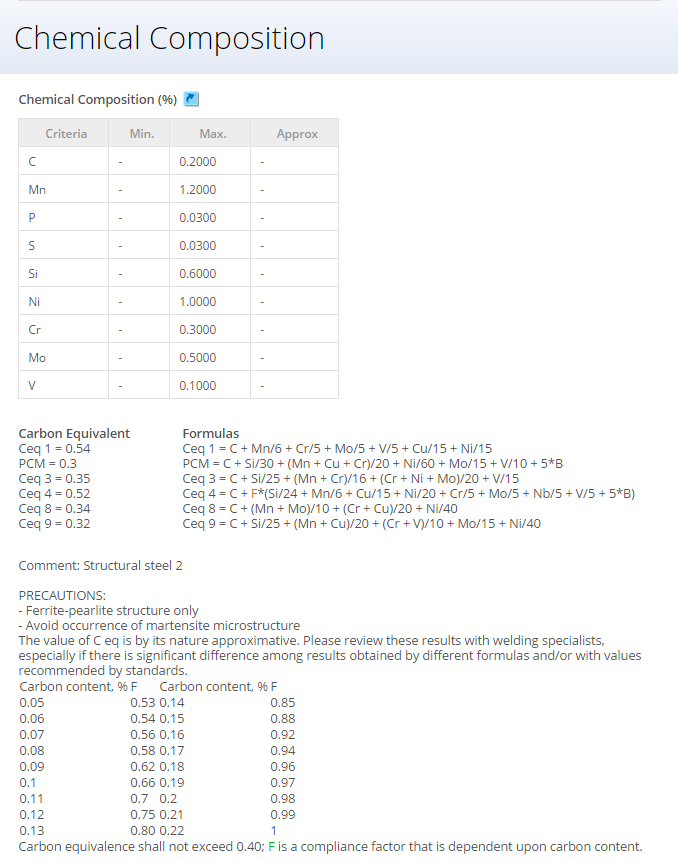- Preparation for welding
- Repair welding
- Postweld operation
Preparation for Welding
A large number of factors should be considered and decisions made before starting to weld.Safety. The repair welding location or area must be surveyed and all safety considerations satisfied. This can include the posting of the area required by certain regulations, removal of all combustible materials from the area, the draining of fuel tanks of construction equipment, aircraft, boats, trucks, etc. Other precautions include the elimination of toxic materials such as thick coats of lead paint, plastic coverings of metals, etc.
Cleaning. The immediate work area must be clean from all contaminants and this includes removal of dirt, grease, oil, rust, paint, plastic coverings, etc., from the surface of the parts being welded. The method of cleaning depends on the material to be removed and the location of the work piece. For most construction and production equipment, steam cleaning is recommended. When this is not possible solvent cleaning can be used. Blast cleaning with abrasives is also used. For small parts pickling or solvent dip cleaning can be used and, finally, power tool cleaning with brushes, grinding wheels, disc grinding, etc., can be employed. The time spent cleaning a weld repair area will pay off in the long run.
Disassembly. Except for the simplest repair jobs disassembly may be required. This can be related to items mentioned above but also applies to lubrication lines, instrument tubing, wiring, etc. Sometimes it is necessary to disassemble major components such as machinery from machinery frames, etc.
Protection of adjacent machinery and machined surfaces. When repair welding is done on machinery many parts that are not removed should be protected from weld spatter, flame cutting sparks, and other foreign material generated by the repair process. Sheet metal guards or baffles are used to protect adjacent machinery. For machined surfaces, asbestos cloth can be employed. It is wise to secure protective material with wire, clamps, or other temporary bracing. Machined surfaces within five feet of the welding operation should be protected.
Bracing and clamping. On complex repair jobs bracing or clamping may be required. This is because of the heavy weight of parts or the fact that loads may be exerted on the part being weld repaired. If main structural members are to be cut the load must be carried by temporary braces. The braces can be temporarily welded to the structure being repaired.
Lay out repair work. In most repair jobs it is necessary to remove metal so that a full-penetration weld can be made. A layout should be made to show the metal that is to be removed by cutting or gouging to prepare the part for welding. The minimum amount of metal should be removed to obtain a full-penetration weld. The layout should be selected so that welding can be balanced, if possible, and that the bulk of the welding can be made from the more comfortable welding position.
Preheating. The preheating and flame cutting or gouging are parts of the preparation for welding but can be considered part of the welding operation. When flame cutting or gouging is required, preheating should be the same as when welding. It might not be quite as important since stresses are much smaller; however, the thermal shock on the metal can occur in gouging as well as in welding.
Cutting and gouging. The oxygen fuel gas-cutting torch is most often used for this application. Special gouging tips are available and they should be selected based on the particular geometry of the joint preparation. It is possible, by closely watching the cut surface, to find and follow cracks during the flame gouging operation. The edges of the cracks will show since they become slightly hotter. The air carbon arc cutting and gouging process is also widely used for weld repair preparation. Proper power sources and carbons should be selected for the volume of metal to be removed. The technique should be selected to avoid carbon deposit on the prepared metal surface. For some metals the torch or carbon arc might not be appropriate and in these cases mechanical chipping and grinding may be employed.
Grinding and cleaning. The resulting surfaces may not be as smooth as desired and may include burned areas, oxide, etc. Grind the surfaces to clean bright metal prior to starting to weld. For critical work or where there is a suspicion of additional cracks it is wise to check the surface by magnetic particle inspection to make sure that all cracks and defects have been removed.
The above nine steps constitute a listing of steps for weld preparation. Some of these may be eliminated but they should all be considered to properly prepare the joint for welding.
Repair Welding
Successful repair welding also involves following a logical sequence to make sure that all factors are considered and adequately provided.Welding procedure. The welding procedure must be available for the use of the welders. It must include the process to be used, the specific filler metals, the preheat required, and any other specific information concerning the welding joint technique.
Welding equipment. Sufficient welding equipment should be available so that there will be no delays. Standby equipment might also be required. This not only includes welding equipment but includes sufficient electrode holders, grinders, wire feeders if required, cables, etc.
Materials. Sufficient materials must also be available for the entire job. This includes the filler metals stored properly for use on the repair. It also includes materials such as insert pieces, reinforcing pieces, etc. Materials also include fuel for maintaining preheat and interpass temperature, shielding gases if used, and fuel for engine powered welding machines.
Alignment markers. Prior to making the weld alignment markers are sometimes used. These can be nothing more than center punch marks made across the joint in various locations.
Welding sequences. The welding sequence should be well described in the welding procedure and can include block welding, back-step sequence welding, wandering sequence welding, and peeling.
Safety. Finally, safety cannot be overlooked throughout the welding
operation. For example, ventilation must be provided when fuel gases are used for
preheating, etc.
Weld Quality. The quality of the weld should be continually checked.
The final weld should be smooth, there should be no notches, and reinforcing, if used,
should fair smoothly into the existing structure. If necessary, grinding should be done
to maintain smooth flowing contours.
Inspection. The finished weld should be inspected for smoothness and
quality. This can include nondestructive testing such as magnetic particle, ultrasonic,
or X-ray. The repair weld should be of high quality since it is replacing original metal
of high quality.
Clean up operation. This includes the removal of strong backs and
the smooth grinding of the points where they were attached. It also involves the removal
of other bracing and protective covers, etc. In addition, all weld stubs, weld spatter,
weld slag, and other residue should be removed from the repair area to make it cleaner
than it was originally. Grinding dust is particularly troublesome and every effort
should be made to remove it entirely since it is abrasive and can get into working
joints, bearings, etc., and create future problems.
Repainting. After the weld and adjacent repair area has been cleaned
it should be repainted and other areas should be re-greased in preparation for the
re-operation of the machinery.
Reassembly. After cleaning and painting, etc., the pieces of machinery
that were taken away are returned. This involves the reassembly of machinery.
Rebuilding is used to bring parts back to their original dimensions and properties,
such as the rebuilding of worn shafts, repair of parts that were machined undersize,
etc. Overlay surfacing is used to return the part to original dimensions but with weld
metal having particular properties to reduce wear, erosion, corrosion, etc.
Rebuilding and overlay, or the all-embracing term, surfacing, can be done by many of
the welding processes and by the thermal spraying processes. The selection of the
process is based on the same factors that are used to select a welding process for
fabricating or repairing.
There are some situations in which the thermal spray processes should be selected. The
thermal spray processes do not introduce as much heat into the work as the welding
processes. Where this is an important requirement, the thermal spray method should be
used. It is possible to thermal spray certain materials that cannot be deposited with
the welding processes. This applies particularly to the ceramic sprayed coatings or
other nonmetallic materials.
The shielded metal arc welding process is probably the most commonly used of
any of the welding processes for hard facing. It can be used in the field and in the
shop and can be applied to small and large parts in any position.
Submerged arc welding is also used for many applications but it is restricted
to welding in the flat position. Most often it is used for plant operations and not
used in the field. It is often used for repeating applications when the same part
is surfaced on a routine basis.
Flux-cored arc welding with and without shielding gas is a popular semiautomatic
welding process. It can be used in the field or in the shop and is not restricted to
the flat position.
The gas tungsten arc welding process is used for many smaller applications,
usually for shop work in which the part can be brought to the shop and manipulated
and moved for ease of welding. Gas tungsten arc can be used manually or in an automatic
mode with automatic wire feeders, oscillators, etc. It is more expensive than the other
processes and for this reason is restricted to the more technical type jobs.
Plasma arc welding is also used much in the same manner as gas tungsten arc. It
does have a higher temperature and for this reason can be used in certain cases where
gas tungsten arc welding is not applicable. It is again restricted to the smaller
types of jobs.
The electroslag welding process is also used for certain special applications.
It has been widely used for rebuilding crusher hammers. These can be rebuilt with
special fixturing and done quite rapidly with the electroslag process.
Oxyacetylene welding is also used for certain applications. It is widely used
for application of specialized cobalt alloys on relatively thin edges.
In general, the process is selected based on normal process selection factors and
modified by some of the above comments. Once the process is selected, the next
requirement is the selection of the deposited metal to provide the necessary
properties.
Postweld Operation
After the weld has been completed, it should be allowed to slow cool. It should not be
exposed to winds or drafts, nor should the machinery loads be placed on the repaired
part until the temperature has returned to the normal ambient temperature.Rebuilding and overlaying
Rebuilding and overlaying with weld metal or spray metal are both considered surfacing
operations. Surfacing is the deposition of filler metal on a base metal to obtain desired
dimensions or properties. Overlay is considered to be a weld or spray metal deposit that
has specific properties sometimes unlike the original surface properties.Selection of the welding process
The selection of the welding process and the welding procedure and technique is as
important as the selection of the deposit alloy. Almost all the arc welding processes
and several others can be used for the application of hard facing weld metal.
